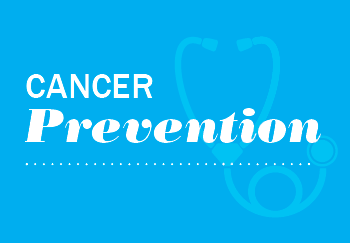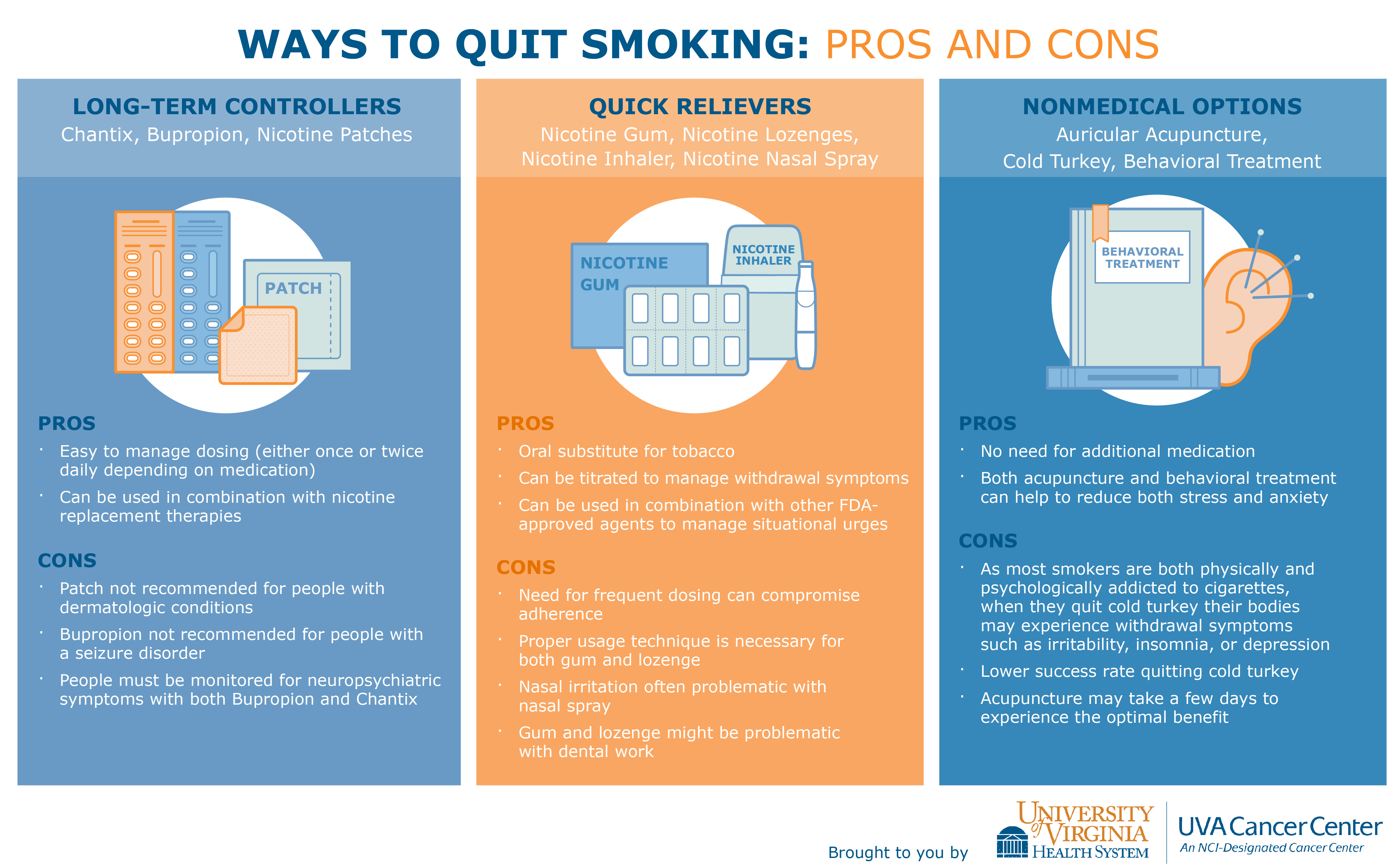 You know the health risks of smoking. Yet, no matter how many different ways to quit smoking, you can’t seem to kick the habit. “Smoking is the second most addictive drug,” says Connie Clark, the tobacco cessation specialist at the UVA Cancer Center. “Most smokers will try four to five times before they quit for good.”
You know the health risks of smoking. Yet, no matter how many different ways to quit smoking, you can’t seem to kick the habit. “Smoking is the second most addictive drug,” says Connie Clark, the tobacco cessation specialist at the UVA Cancer Center. “Most smokers will try four to five times before they quit for good.”
Whether you quit for a day or for good, it’s a step towards a healthier lifestyle. According to the American Cancer Society, 12 hours after quitting, carbon monoxide levels in your blood returns to normal. Within the first year, your lungs regain normal function. Five years later, your risk of mouth, throat, esophagus and bladder cancer is cut in half.
There’s no one-size-fits-all approach to quitting. “It’s important to figure out what works for you,” says Clark. November is a great time to quit with the Great American Smokeout. As that date approaches, here’s what you need to know about all the ways to quit smoking.
Long-Term Controllers
These are medications that can help you quit smoking long-term. But what’s the downside? The effects may not kick in for three to six weeks, says Clark, and they work best when paired with a nicotine replacement therapy.
- Chantix (varenicline) is a prescription medication that blocks the dopamine receptors in your brain, according to a report published in the Harvard Review of Psychiatry. “After a few weeks, you just won’t want a cigarette,” says Clark.
- Wellbutrin (bupropion) is an antidepressant that also works for tobacco cessation. Since it’s an antidepressant, however, you have to wean off the drug gradually.
- Nicotine patches release a specific amount of nicotine into your system through your skin. You slowly step down the strength of your patches until you wean off them. For some, patches may irritate their skin.
Nicotine Replacement
These low dose nicotine options — without the other harmful chemicals found in tobacco — help manage nicotine withdrawal.
- Nicotine gum and lozenges are placed between your cheek and gum for five to 10 minutes. “The nicotine is absorbed mucosally,” says Clark.
- Nicotine inhalers look like a plastic cigarette and hold cartridges that deliver nicotine. It provides the familiar sensation of holding something in your hand, says Clark.
Clark recommends steering clear of e-cigarettes. “They’re unregulated, and we don’t know what’s in them,” she says. “It’s also a perpetual delivery system of nicotine,” which doesn’t help you quit.
Nonmedicinal Options
Natural options can also help, especially for those who don’t want to add another medication to their list.
- Auricular acupuncture, where needles are placed in five points on the ear, helps you relax. “Smoking is how people cope with stress and anger,” she says. “This helps you calm down, sleep better and deal with stress in a more effective way.”
- Hypnosis is another option. Clark recommends researching a hypnotherapist before you make an appointment, to ensure he or she has the right credentials and a good reputation.
- Cold turkey can work, depending on how long and how much you smoke. But have a plan in place. “Clean your house and car, get rid of triggers like ashtrays. Talk to the people you live with. Think about how you’ll manage withdrawal symptoms,” says Clark.

Smoking Cessation Resources
If you’re ready to curb your smoking habit, check out our various smoking-cessation resources and support groups.
No matter the challenges, don’t forget to celebrate your milestones! Track them on a calendar or an app like Quit for Life.
Committing to stamping out your smoking habit is hard, so reach out to friends and family for support. “People are more successful when they surround themselves with others who are supportive of what they are doing,” says Clark. There are also in-person and online support groups you can tap for resources.
